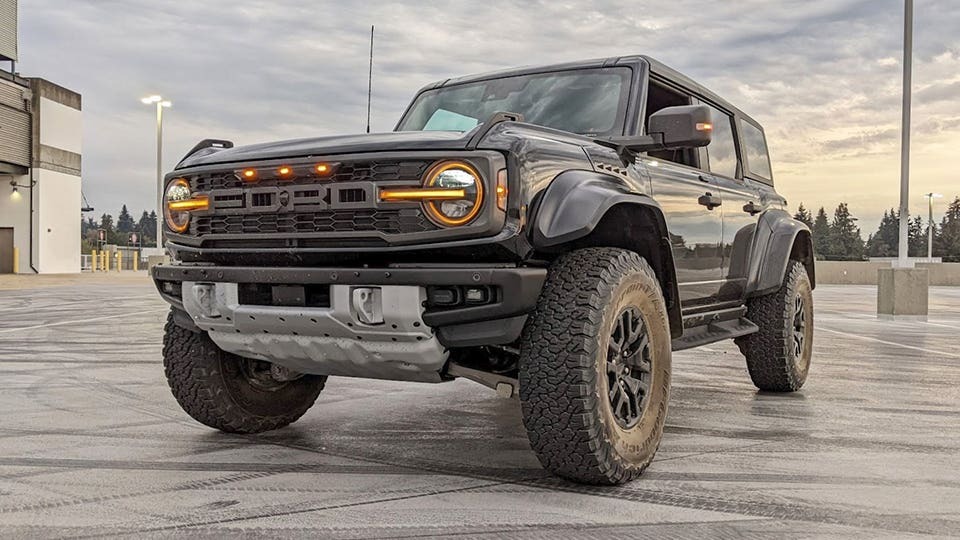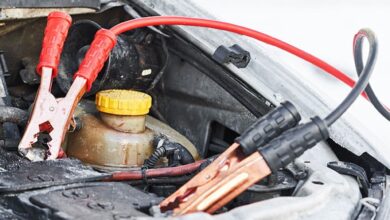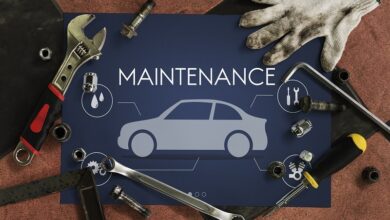Car Chassis Lifting System: An Essential Feature for Off-Road Vehicles

In the rugged terrain where nature’s obstacles present both challenges and opportunities, off-road vehicles emerge as the conquerors of untamed landscapes. At the heart of their capability lies a seemingly unassuming yet indispensable feature—the car chassis lifting system. This technology, often concealed beneath the chassis, becomes the key that unlocks the potential of off-road vehicles, transforming impassable terrains into exhilarating playgrounds.
Imagine a scenario where the standard rules of the road no longer apply, and the wilderness becomes the canvas for automotive adventure. In this exploration, we unravel the significance of the car chassis lifting system, a silent hero that empowers off-road enthusiasts to navigate diverse landscapes with ease, whether it be rocky trails, muddy bogs, or steep ascents.
Beyond the surface, this technology represents more than just elevation; it embodies adaptability. From crawl ratios to suspension articulation, we dissect the intricate mechanisms that allow off-road vehicles to tackle gradients that would deter conventional automobiles. The car chassis lifting system is not merely a tool; it’s the embodiment of a vehicle’s ability to tailor itself to the demands of the off-road environment.
As we embark on this journey through the rugged terrains and off-road trails, we explore the evolution of the car chassis lifting system—from its humble beginnings to the cutting-edge innovations that redefine the capabilities of off-road vehicles. This exploration is an ode to the adventurers, the thrill-seekers, and the machines that embrace the untamed wild. Welcome to the realm where the ground clearance is not just a specification but a gateway—welcome to “Car Chassis Lifting System: An Essential Feature for Off-Road Vehicles.”

Contents
Understanding the Car Chassis Lifting System
Definition and Purpose
The car chassis lifting system, also known as a suspension lift, is a modification that raises the ride height of a vehicle. It involves altering the suspension components to provide increased ground clearance. The primary purpose of a chassis lifting system is to enhance off-road capabilities by allowing the vehicle to traverse uneven terrains without getting stuck or damaging the undercarriage.
Components of a Car Chassis Lifting System
A typical car chassis lifting system comprises several components, each playing a vital role in improving off-road performance:
- Lift Kit: The lift kit is the core component of the chassis lifting system. It consists of various parts like springs, shocks, control arms, and sway bar links that work together to increase the ride height.
- Springs: The springs in a lift kit are stiffer than stock springs and provide additional height. They absorb the impact from bumps and uneven surfaces, ensuring a smoother ride.
- Shocks: Off-road shocks are designed to withstand rough terrains and provide improved damping performance. They help maintain control and stability while driving over obstacles.
- Control Arms: Control arms are essential for maintaining proper suspension geometry after a lift. They ensure that the wheels align correctly and prevent excessive wear on other components.
- Sway Bar Links: Sway bar links connect the sway bar to the suspension. They are often longer in a lifted vehicle to accommodate the increased ride height.
See more: Fuel-Saving Techniques: A Guide to Efficient Driving
Benefits of a Car Chassis Lifting System
Increased Ground Clearance
One of the primary benefits of a car chassis lifting system is increased ground clearance. By raising the vehicle’s height, it becomes less likely to scrape the undercarriage on rocks, tree stumps, or other obstacles commonly encountered during off-road adventures. This added clearance allows for smoother and safer navigation across uneven terrains.
Better Approach, Departure, and Breakover Angles
A higher ride height achieved through a chassis lifting system improves the approach, departure, and breakover angles of an off-road vehicle. These angles determine the vehicle’s ability to climb steep inclines, descend declines without scraping the rear bumper, and navigate over crests without getting stuck on the undercarriage. A lifted vehicle can tackle more aggressive terrains with ease.
Enhanced Off-Road Capability
The increased ground clearance and improved angles offered by a car chassis lifting system significantly enhance an off-road vehicle’s capability. Whether you’re tackling muddy trails, rocky paths, or uneven surfaces, a lifted vehicle can handle it all. It allows for increased suspension travel, which improves traction and prevents wheel slippage in challenging conditions.
Accommodating Larger Tires
A car chassis lifting system creates additional space between the wheel arches and the tires. This additional clearance enables off-road enthusiasts to install larger tires on their vehicles. Larger tires provide improved traction and better performance on rough terrains. They also enhance the overall appearance of the vehicle, giving it a more aggressive and rugged look.
Increased Visibility
With a lifted chassis, off-road enthusiasts can enjoy improved visibility while driving. The elevated ride height offers a commanding view of the surroundings, allowing drivers to spot potential obstacles or hazards ahead. This increased visibility enhances safety during off-road adventures.
Choosing the Right Car Chassis Lifting System
Vehicle Compatibility
When selecting a car chassis lifting system, it is essential to consider your vehicle’s compatibility. Different lift kits are designed for specific makes and models, so ensure you choose one that is suitable for your vehicle. Consider factors such as weight capacity, suspension type (coil springs or leaf springs), and available space for installation.
Desired Lift Height
The lift height required depends on individual preferences and off-road requirements. Consider the type of terrains you plan to conquer and the tire size you intend to use. Mild lifts (1-2 inches) are suitable for light off-roading or improving aesthetics, while higher lifts (3-6 inches or more) are ideal for serious off-roaders tackling extreme trails.
Suspension Type
There are various types of suspension systems available for off-road vehicles, including coil spring suspensions and leaf spring suspensions. Ensure that the lift kit you choose is compatible with your vehicle’s suspension type.
Quality and Brand Reputation
Investing in a reputable brand known for manufacturing high-quality suspension lift kits is crucial. Quality components ensure durability and reliability during off-road adventures. Research customer reviews and seek recommendations from experienced off-roaders to make an informed decision.
Professional Installation
While some experienced DIYers may opt to install a chassis lifting system themselves, it is often recommended to have it professionally installed. Professional installation ensures proper alignment, avoids potential complications, and provides warranty coverage if available. Seek assistance from trusted mechanics or specialized off-road shops for installation.
Maintenance Tips for Car Chassis Lifting Systems
Regular Inspection
Perform regular visual inspections of your car chassis lifting system to identify any signs of wear or damage. Check for loose bolts or nuts, leaking shocks, or damaged components. Address any issues promptly to avoid further damage or compromised safety.
Lubrication
Proper lubrication of suspension components is crucial for maintaining optimal performance and longevity. Follow manufacturer recommendations regarding lubrication points and intervals for greasing ball joints, control arms, and other moving parts.
Wheel Alignment
After installing a car chassis lifting system, it is essential to have a wheel alignment performed by a professional technician. Proper alignment ensures even tire wear and maintains steering stability.
Cleanliness
Off-road adventures often expose vehicles to mud, dirt, and debris that can accumulate on suspension components. Regularly clean your chassis lifting system to remove dirt and grime that might affect its performance or cause corrosion.
Inspect Bushings
Check bushings for signs of wear or deterioration. Damaged bushings can affect suspension performance and compromise safety. Replace worn bushings promptly to maintain optimal functionality.
Car Chassis Lifting System – A Vital Feature for Off-Road Vehicles
A car chassis lifting system is an essential feature for off-road vehicles, offering numerous benefits that enhance performance and safety during off-road adventures. Increased ground clearance, improved angles, enhanced capability, accommodation for larger tires, and increased visibility are just some of the advantages that off-roaders can enjoy with a properly installed lift kit. By considering factors such as vehicle compatibility, desired lift height, suspension type, quality of components, and professional installation, enthusiasts can make informed decisions about the right car chassis lifting system for their needs. Regular maintenance and inspection ensure optimal performance and longevity of the suspension lift kit, allowing adventurers to explore rugged terrains with confidence and ease.
See more at: Topcarr






















